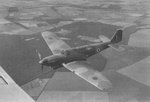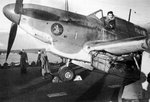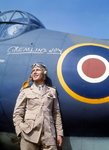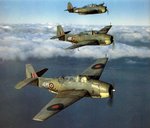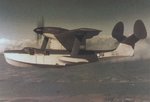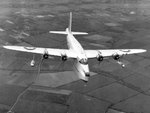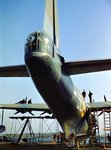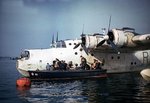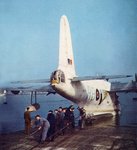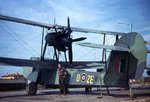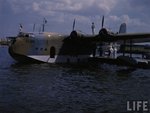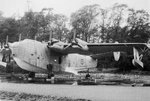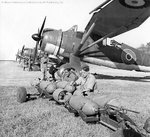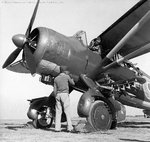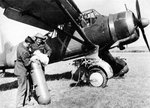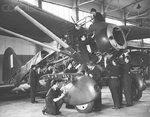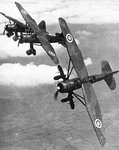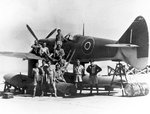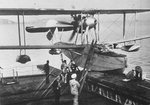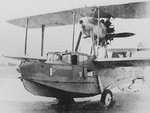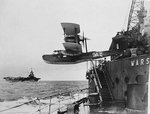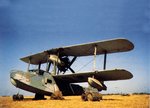- Thread starter
- #21
Two-seat reconaissance fighter, a development of the P.4/34 light bomber. The Fulmar was inferior to modern single-seat fighters, but it was a reliable, sturdy aircraft with long range. At least it provided the RN with a monoplane fighter. 600 built. The Fairey Fulmar was designed to meet the Admiralty's urgent need for a modern shipboard fighter. The Fulmar prototype was first flown on 4 January 1940 at Ringway and served as the first production aircraft. Fairey's Fulmar was the Fleet Air Arm's first carrier-based fighter with the same weight and firepower of the RAF's Hurricane and Spitfire. In fact, the Fulmar was developed for the FAA after being being rejected by the RAF. The Fulmar, N1855, was delivered for tests at the C squadron A&AEE Boscombe Down in May 1940, in the same month Fulmar N1856 joined 778 squadron at Lee on Solent with the plan to convert it to a seaplane, but in fact it was completed as a landplane version. May 1940 saw many Fulmars being delivered to 778 squadron. The type was delivered to the first operation unit, 806 in June 1940 stationed at Worthy Down and boarded HMS Illustrious in August 1940. The Fulmar was also employed in limited numbers by the RAF, inparticular with 273 squadron (eg X8743) in 1942 in China Bay where some aircraft were lost to enemy action. With its lack of speed, and the Admiralty's need for a truly modern carrier-based fighter, the Fulmar began being replaced by the Supermarine Seafire by 1943. However, it contined to be useful, being sent to 768, 767 and other squadrons to assist conversion of pilots to Barracudas eg DR664 at Lee on Solent by 810 squadron in April 1943 to May 1943.
Source: Fairey Fulmar aircraft profile. Aircraft Database of the Fleet Air Arm Archive 1939-1945
Source: Fairey Fulmar aircraft profile. Aircraft Database of the Fleet Air Arm Archive 1939-1945
Attachments
Last edited:

